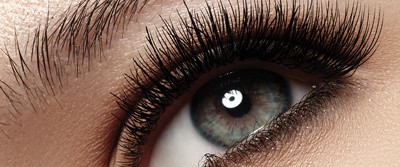First Successful Skin-to-Eye Stem Cell Transplant

By: Hamilton Waldron
It’s been reported that Japanese scientists have successfully completed the first skin-to-eye stem cell transplant in humans. In this instance, stem cells originating from a patient’s skin were transplanted into her eye, which partially helped to restore her lost vision.
The patient was a 70-year-old woman suffering from age-related macular degeneration (AMD), which is the leading cause of vision impairment in older people. She first received the experimental treatment in 2014 as part of a pilot study. It’s been almost two years, and scientists now have the results.
A small piece of skin from the patient’s arm was modified and successfully reprogrammed into induced pluripotent stem cells (iPSC). These types of stem cells are capable of morphing into nearly any type of tissue within the body, making it possible for arm skin cells to be repurposed as retinal tissue.
Patient Tested, Patient Approved
While full vision has not yet been restored in any case, stem-cell treatments have increased in recent years. Researchers in the U.S. and China have also used stem cells to help improve the vision of infants with cataracts. They did so by manipulating protein levels in stem cells.
In addition, a Maryland woman who had previously been blind for more than five years had some of her vision restored after her own bone marrow stem cells were injected into her eyes.
It’s still early, but scientists speculate that pluripotent stem cells may also be used to successfully treat a range of other illnesses, including Parkinson’s and Alzheimer’s.
CLASSROOM DISCUSSION
Discuss what other types of illnesses stem cells could help treat in the future.
VOCABULARY
- Stem Cell
- Pluripotent
- Transplant
- Age-Related Macular Degeneration